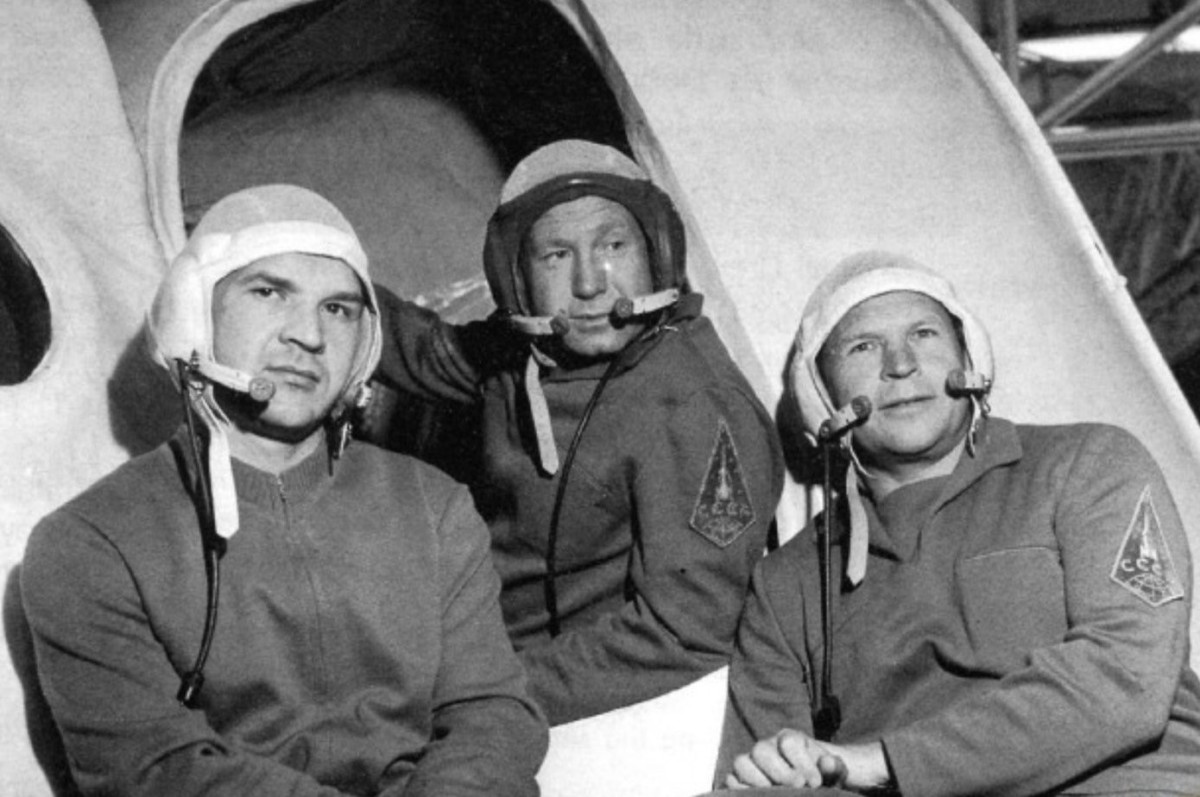
Patsayev
Viktor Ivanovich Patsayev was a Soviet cosmonaut who flew on the Soyuz 11 mission and was part of the third space crew to die during a space flight. On board the space station Salyut 1 he operated the Orion 1 Space Observatory; he became the first man to operate a telescope outside the Earth's atmosphere. After a normal re-entry, the capsule was opened and the crew was found dead. It was discovered that a valve had opened just prior to leaving orbit that had allowed the capsule's atmosphere to vent away into space, suffocating the crew. One of Patsayev's hands was found to be bruised, and he may have been trying to shut the valve manually at the time he lost consciousness. Patsayev's ashes were interned in the Kremlin Wall on Red Square in Moscow. He was posthumously awarded the title of Hero of the Soviet Union, the Order of Lenin and the title of Pilot-Cosmonaut of the USSR. The lunar crater Patsaev and the minor planet 1791 Patsayev are named for him.

50 years ago, cosmonauts Georgi Dobrovolsky, Vladislav Volkov and Viktor Patsayev became the first (and so far only) humans to die in space when their cabin depressurized. Recovery crews found the trio dead in their seats, with blue patches on their faces and blood dripping from their ears and noses

